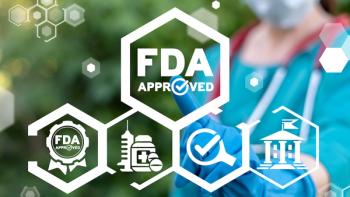
NDA Sets Goal Date for Skin Infection Gel
If approved, berdazimer could be the first prescription product treat molluscum, a common skin infection caused by poxvirus. The Prescription Drug User Fee Act goal date is Jan. 5, 2024.
The FDA has
Berdazimer sodium is a new chemical entity that releases nitric oxide and has anti-viral activity.
The Prescription Drug User Fee Act (PDUFA) goal date is Jan. 5, 2024. If it is approved, the pharma maker would target launching in the first half of 2024, Novan chief executive officer Paula Brown Stafford told Formulary Watch. The wholesale acquisition cost for the medication has not yet been determined.
If the medication is approved, “it will be the first and only FDA-approved self-applied topical prescription medication for molluscum with proven safety and efficacy,” Brown Stafford said. “There is an unmet medical meet, as it can pervasively affect daily life, both functionally and emotionally for sufferers,” Brown Stafford added.
The FDA’s acceptance of the NDA was based on a results of the B-SIMPLE 4 pivotal phase 3 clinical study published in
Adverse event rates were low. The most common adverse events were application-site pain and erythema, mostly mild in severity. Adverse events leading to discontinuation affected 4.1% of the berdazimer group and 0.7% of the vehicle group. The most common local skin reaction was mild to moderate erythema.
Newsletter
Get the latest industry news, event updates, and more from Managed healthcare Executive.






















































